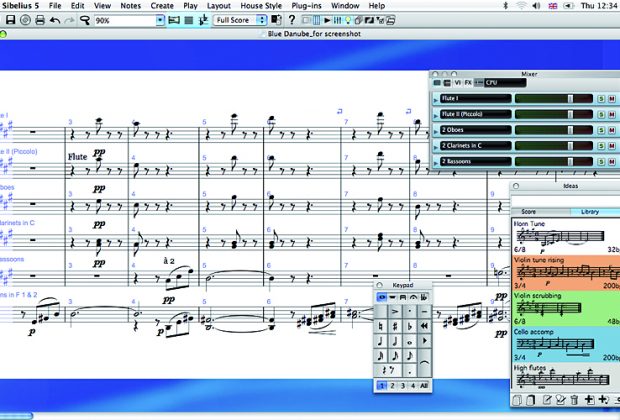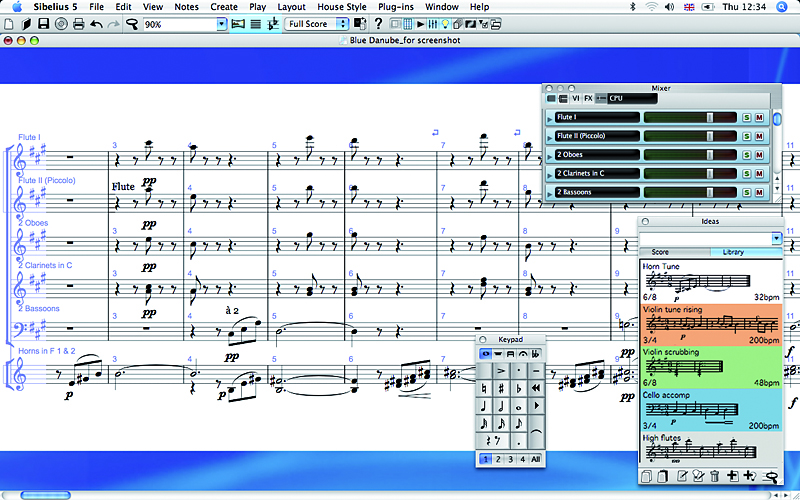
Trombones and horns join in, until Sibelius decrees silence, followed by six chords that bring his odyssey into a safe and happy harbor. Navigate to where your web browser downloads files and double click Sibelius7.zip. Momentum is sustained while the two subjects pursue a complex course through various keys and mass dissonances that only the horn theme, reassigned to trumpets, can finally cut through, like a machete through jungle growth. If prompted, click Save File so that the circle next to the words are filled in. Strings play the first theme in what some Sibelians have called a rondo, but others insist is sonata-structure, a whirring, buzzing business that culminates in the heroic second theme for pairs of horns, playing whole notes, in thirds. Also beneath the surface is a first statement (by low strings) of the proclamative theme that will dominate the finale. Sibelius creates "six tunes" ( Michael Steinberg's diction), more or less tranquil on the surface but underneath mysterious, even briefly turbulent, with a translucent passage (violins divided into eight parts) that bespeaks pure genius. This "theme" is played first by violas and cellos after a motif for clarinets, bassoons, and horns that returns as a countermelody. The Andante mosso, quasi allegretto is as simple, structurally, as the first movement is complex, but hardly simplistic: in effect, there are several variations on a rhythm - two groups of five quarter notes separated by a quarter note rest. What follows was salvaged from a separate Scherzo movement in the 1915 version - complete with Trio - but one that segues into the tonic recap of theme-groups one and two, followed by a coda that quickens to Presto. Through a variety of keys he reaches a long development section, which builds toward recapitulation whereupon 12/8 time, after a slow acceleration, suddenly switches to 3/4, E flat changes to B major, and Allegro moderato becomes the new basic tempo. Sibelius didn't just restate his basic materials his range of mood extended to a passage marked lugubre for bassoons. What finally evolved in the first movement is a structure that begins with the double exposition of two theme-groups, the second of them in G (where the strings enter). What eventuated (5/iii) has become the most popular of his seven symphonies: a triumph of structural ingenuity, and a validation of non-programmatic music when Lisztians of every stripe - most notably Richard Strauss and Gustav Mahler - were deconstructing "absolute" art. Still not satisfied, Sibelius rethought and reworked it over two years.

(Persons curious to compare them may consult a recording of 5/i on the BIS label.) Only string bass parts have survived a revision begun immediately after the premiere.

In time for his 50th birthday, which was celebrated as a national holiday in Finland, Sibelius completed and conducted a first version of his Fifth Symphony, in four movements - startlingly longer than the final version and comparatively inchoate. It is abstemiously scored: double winds, brass without tuba, tympani, strings. It makes conductors do this kind of thing:įew do it justice better than Leonard Bernstein - performing in Croydon’s Fairfield Hall, of all places.Sibelius composed three versions of this work between 19, and led the premiere of the last one on October 21, 1921, in Helsinki. It’s theatrical, it’s tense, it’s triumphant. It basically gives the stick-waggler carte blanche to swagger through the ending like a total god.

While we’re on the subject of horns…īy separating the final six chords of this movement, and the whole symphony, Sibelius created one of the finest ‘conductor moments’ in classical music.

Like, how did he even get that from those swans? And he naturally went for the horn rather than the oboe? He’s a genius. But this is how Sibelius interpreted it, in these horn chords: So in our heads and probably yours, there’s not a huge amount of symphonic potential there. So, Sibelius wanted to convey the majestic call of the whooper swan for one of the movement’s main themes.


 0 kommentar(er)
0 kommentar(er)
